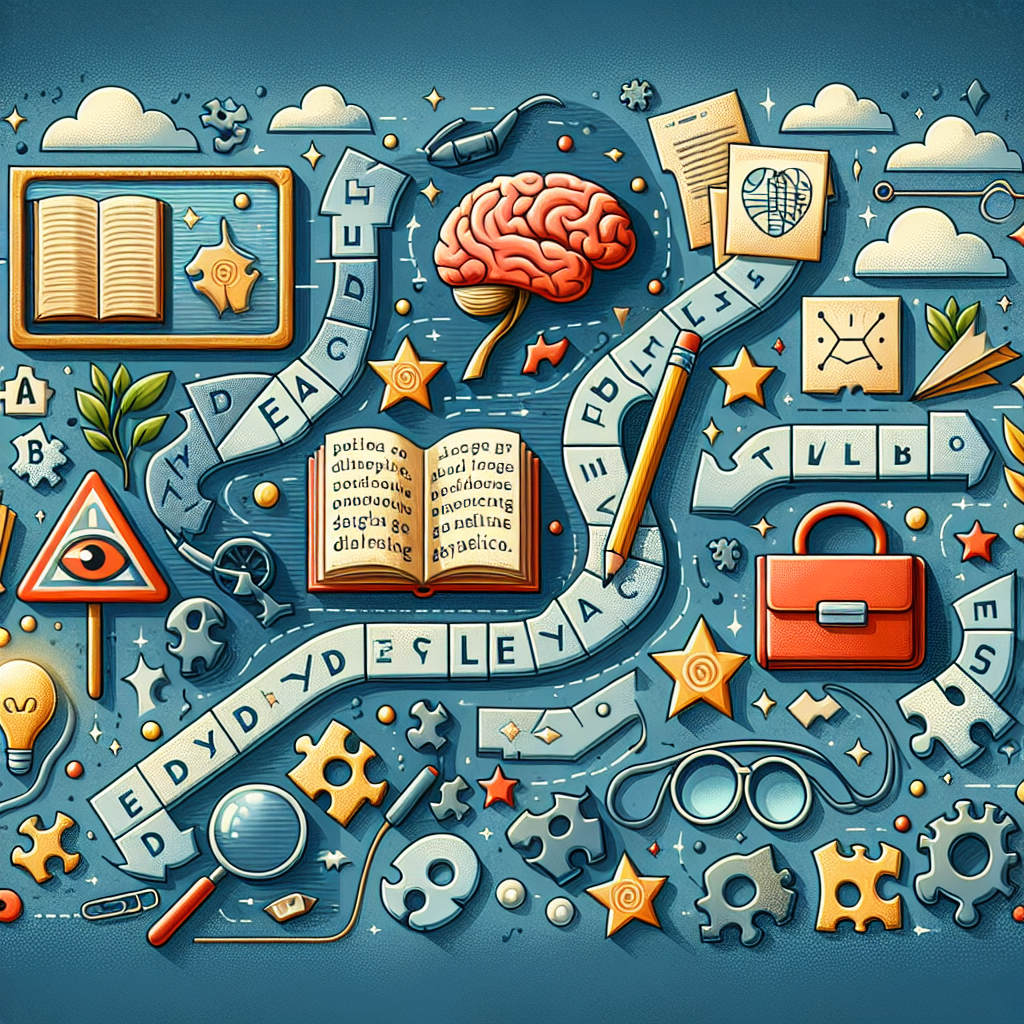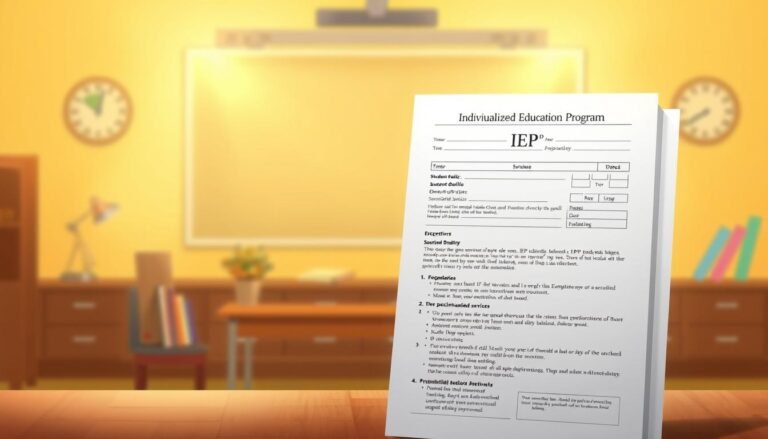
The Ultimate Journey to Diagnosis: Understanding Dyslexia in Children and Adults
Introduction
Imagine a world where letters dance on the page, where words refuse to cooperate, and reading feels more like a puzzle than a pleasure. For many individuals, dyslexia paints this vivid picture. Understanding dyslexia—its nuances and implications—is essential, not just for educators and parents, but for society as a whole. The Journey to Diagnosis: Understanding Dyslexia in Children and Adults can transform lives, enabling individuals to harness their unique strengths while navigating the complexities of dyslexia.
This article takes a deep dive into understanding what dyslexia is, how it manifests in children and adults, the journey to diagnosis, and the pathways available to navigate this learning difference. Whether you are a parent hoping to understand your child better, an adult seeking self-awareness, or an educator needing resources, this comprehensive guide is designed to empower you with knowledge and support.
What is Dyslexia?
The Definition and Characteristics
Dyslexia is a specific learning disorder that primarily affects reading skills, though it can impact writing and spelling as well. Individuals with dyslexia may struggle with:
- Phonemic Awareness: The ability to hear and manipulate sounds in words.
- Reading Fluency: Reading quickly and accurately.
- Reading Comprehension: Understanding and retaining what is read.
It’s important to acknowledge that dyslexia is not a reflection of intelligence. Many individuals with dyslexia are incredibly intelligent; they simply process language differently.
Case Study: Emma, The Budding Author
Emma, a bright 8-year-old with a rich imagination, struggled with reading fluency. Her parents noticed her reluctance to engage with books and sought help. After a thorough assessment, Emma was diagnosed with dyslexia. With targeted intervention, she now not only reads more confidently but has also begun writing her own stories.
The Neurobiological Perspective
Dyslexia has a neurobiological component; research indicates that differences in brain structure and function contribute to these reading difficulties. Specifically, imaging studies have shown that areas involved in language processing, mainly in the left hemisphere, exhibit different activity patterns in individuals with dyslexia.
The Journey to Diagnosis
Signs of Dyslexia in Children
The journey often begins with observing signs, which can manifest as early as preschool. Parents and teachers should keep an eye out for:
- Difficulty recognizing letters.
- Trouble rhyming words.
- Avoidance of reading-related tasks.
Chart: Early Signs of Dyslexia
| Age Group | Signs of Dyslexia |
|---|---|
| Preschool | Difficulty with letter recognition |
| Early Elementary | Struggles with phonics and rhymes |
| Late Elementary | Poor spelling and reading fluency |
The Importance of Early Diagnosis
Early diagnosis is crucial for effective intervention. The earlier a child receives support, the better their academic trajectory can be. Misunderstandings, often seeing dyslexia as a lack of effort rather than a learning difference, can lead to frustration and anxiety for the affected individuals.
Assessment Process for Children
Initial Screening
Once signs of dyslexia are observed, the first step is often a screening assessment conducted by a teacher or specialist, which may include simple tests to evaluate reading and phonological skills.
Comprehensive Evaluation
For a formal diagnosis, a comprehensive evaluation by a psychologist or educational specialist is necessary. This may involve:
- IQ testing to rule out other learning disabilities.
- Reading assessments specific to phonemic awareness and fluency.
- Checks for other cognitive abilities.
Adult Dyslexia: A Hidden Challenge
Many adults are unaware they have dyslexia, often attributing their challenges to personal shortcomings. The journey to diagnosis in adulthood can be complex and may follow a different path than it does for children.
Signs of Dyslexia in Adults
- Persistent spelling issues.
- Difficulty with time management in reading tasks.
- Avoidance of reading in social situations.
The Importance of Self-Advocacy
For adults, understanding dyslexia can be pivotal. Many individuals may find relief in diagnosis, allowing them to identify coping mechanisms and learning strategies that suit their unique processing styles.
Navigating the Pathways Post-Diagnosis
Interventions and Support Strategies
After receiving a diagnosis of dyslexia, various pathways can be explored, ranging from educational interventions to lifestyle adjustments.
Educational Interventions
- Structured Literacy Programs: These programs use explicit phonics instruction and systematic spelling strategies.
- Digital Tools: Technology can play a crucial role. Software programs that convert text to speech can empower individuals to access information more effectively.
Case Study: John, The Executive
John discovered his dyslexia in his 30s after struggling in his professional life. He began using tools like dictation software, which changed his productivity. By understanding his dyslexia, John became his company’s advocate for disability awareness, promoting better support systems for others like him.
Family and Community Support
Support doesn’t just come from professionals; families and communities play a crucial role.
- Parent Education: Parents should educate themselves about dyslexia, fostering a positive atmosphere for learning.
- Support Networks: Joining dyslexia advocacy groups can provide resources and community support for individuals and families.
Life Beyond Diagnosis
Living with dyslexia doesn’t end with a diagnosis; it evolves. Understanding dyslexia can empower individuals to embrace their unique pathways.
Conclusion
The Journey to Diagnosis: Understanding Dyslexia in Children and Adults is not merely about identifying a learning difference; it’s about transforming challenges into opportunities. Emphasizing understanding, support, and advocacy can revolutionize how society interacts with individuals with dyslexia—turning struggles into strengths.
In navigating this journey, remember that knowledge is power. Whether you are a parent, educator, or adult seeking clarity, every step taken towards understanding dyslexia can lead to a brighter, more inclusive future.
FAQs
1. What are the primary indicators of dyslexia?
Primary indicators often include difficulty with reading fluency, issues with spelling, and trouble deciphering new words.
2. Can dyslexia be outgrown?
While many individuals learn coping strategies and may see improvements, dyslexia is typically a lifelong condition. However, with support, its effects can be minimized.
3. Are there medications for dyslexia?
There are no medications specifically for dyslexia; however, related conditions (e.g., anxiety or ADHD) may require treatment.
4. How can technology aid individuals with dyslexia?
Assistive technology, such as text-to-speech software and audiobooks, can help individuals access written information more easily.
5. Is dyslexia hereditary?
Yes, dyslexia often runs in families, indicating a genetic component to its development.
6. What should I do if I suspect my child has dyslexia?
If you suspect dyslexia, initiate a conversation with your child’s teacher and consider seeking a formal evaluation from a qualified specialist.
By embracing the journey of understanding dyslexia, we open doors not just for individuals, but for entire communities, building a future that values diversity in learning and cognitive processing.
















